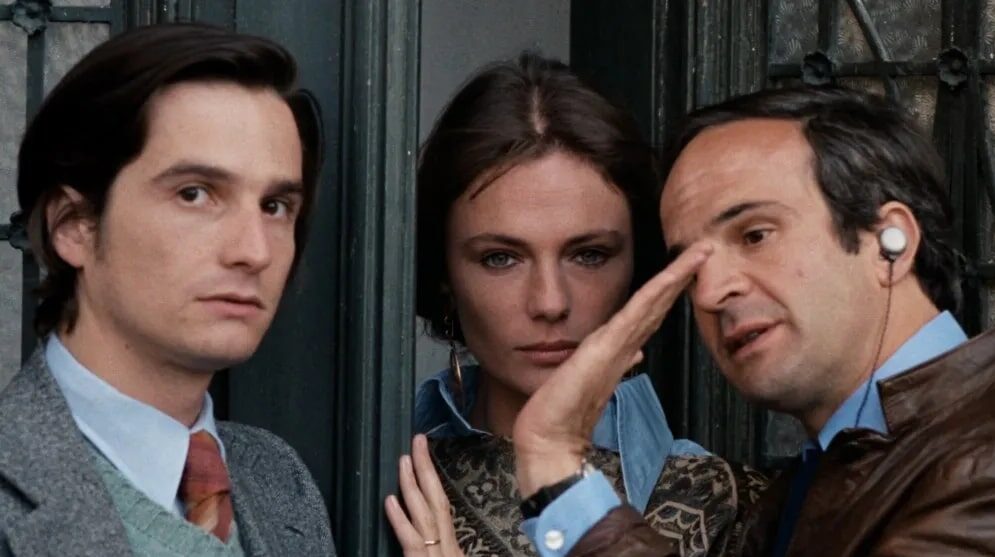
I have an old friend who became a film critic for a major magazine and has written often about movies from the French new wave. He’d be appalled to know that, until recently, I had never seen any François Truffaut movies. In fact, the only way I knew the famed French filmmaker was from his role as Claude Lacombe, the scientist investigating the alien mysteries of Steven Spielberg’s 1977 smash, “Close Encounters Of The Third Kind.”
But I finally got around to one of Truffaut’s most famous works, “Day For Night,” fifty years after its release. In it, he plays Ferrand, a director trying to shoot a movie while simultaneously dealing with every little thing that comes up with his cast and crew. He’s called upon constantly to make decisions about details like the colors of costumes or the design of a set, while not allowing the interpersonal issues of the actors (both personal and professional) bog down the production. He also has to deal with a producer trying to raise enough money to finish the project.
I love getting to see how things work behind the scenes. What makes “Day For Night” so enjoyable is that Truffaut lets us see the process of moviemaking. In the opening scene, the camera follows a crowd of people exiting a subway until honing in on one man who stops and fires a gun at another. But Ferrand notices some things that went wrong with that take — an actor walking too slowly, extras going the wrong way, a vehicle driving by that blocks the camera angle — so we see them do it again. And again.
Who is the shooter and why did he kill his victim? None of that matters, because “Day For Night” isn’t about that story. It’s about Truffaut pulling back not just the curtain, but the entire screen, to let us see everything it takes to assemble the pieces of a movie.
The international actors who comprise the cast — French, Italian, British — are all perfect, but the only one I was familiar with was Jacqueline Bisset, who I’d seen in “Airport,” “The Thief Who Came To Dinner,” and “Murder On The Orient Express.” Stunningly beautiful, she brings just the right touch to the characters in both Truffaut’s film and Ferrand’s movie-within-the-movie.
One of the reasons I had never seen “Day For Night” until recently was that, for a very long time, I couldn’t stand watching anything with subtitles. I found it too hard to focus on the action while having to read the dialogue below. I tried the dubbed versions of some movies, but was too distracted by the spoken words not matching the movement of the actors’ lips. In recent years, however, I’ve become more accustomed to having subtitles turned on while watching movies and TV shows at home. Even when everyone on screen is speaking English, there is always some dialogue I’d miss if not for the words on the screen.
There have been many great movies about making movies, from “Singin’ In The Rain” to “The Player” to “Get Shorty.” My personal favorite remains David Mamet’s “State & Main,” which — like “Day For Night” — revels in the often sleazy choices those behind the scenes have to make in order to get everything done on time and under budget.
I know I’m half a century late, but “Day For Night” deserves to be called a classic — and to be added to my Movies You Might Not Know list.
